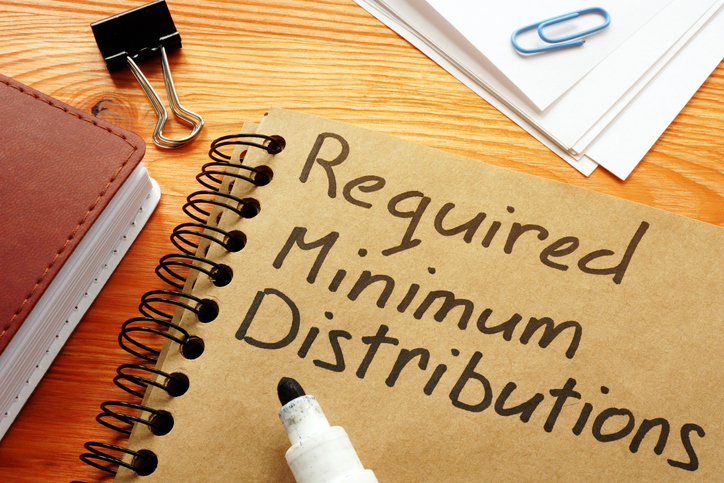You might recall that in 2019, Congress passed the SECURE Act. The new laws enacted a number of changes to how retirement accounts are utilized, with the age for required minimum distributions changed from 70 ½ to 72. Now, the SECURE 2.0 Act has again bumped that age, up to 73 this time. Then, the Act gradually phases the age for required minimum distributions up to 75. The penalties for incorrectly taking RMDs have also changed.
But how will these new rules affect you? That depends on your overall, long-term retirement plan.
If you were planning to begin RMDs before age 73 anyway, there is no impact. But for those of you who were planning to wait as long as possible before starting your withdrawals, you now have an extra year to delay those distributions.
And for those of you who won’t reach your seventies until next decade, you might be interested to know that the age for beginning RMDs will again jump to 75 in 2033.
But what happens if you don’t take your RMD? In the past, when you didn’t take the RMD from a retirement account , or if you simply didn’t withdraw enough, you could be penalized by the IRS. The penalty equaled 50 percent of the amount you should have withdrawn, so the timing of your first RMD (and for subsequent years thereafter) was not an issue to take lightly.
However, the legislators who designed the SECURE 2.0 Act recognized that this penalty was viewed as particularly severe, and so it has been reduced to 25 percent. And if you take steps to remedy the error by taking the RMD by the end of the second year after it was due, you can reduce that penalty to just 10 percent.
Also, if you overlook your RMD due to a reasonable error, such as a severe illness, you can file Form 5359 with the IRS and they might waive the penalty if you’ve since withdrawn the correct amount.
All of these changes leave us a bit more wiggle room as far as beginning RMDs from retirement accounts, but you still want to be careful about overlooking that first one. Give us a call as age 73 approaches, and we will help you correctly calculate your RMD and perform other retirement planning maneuvers as appropriate for your situation.

